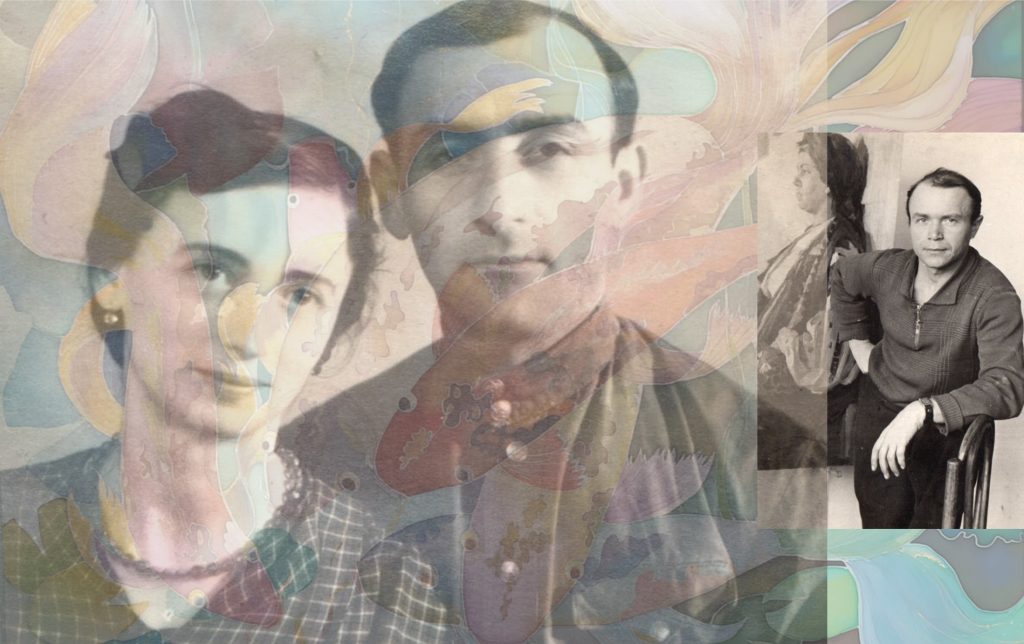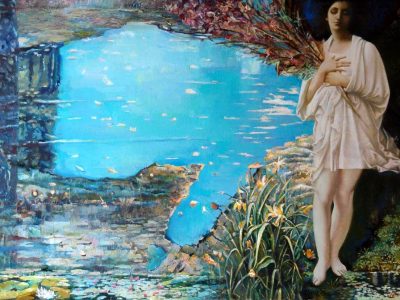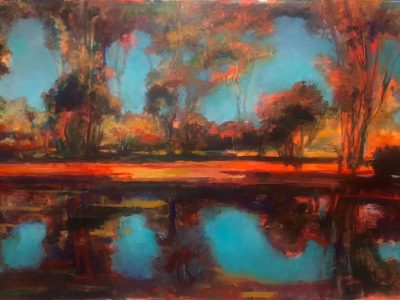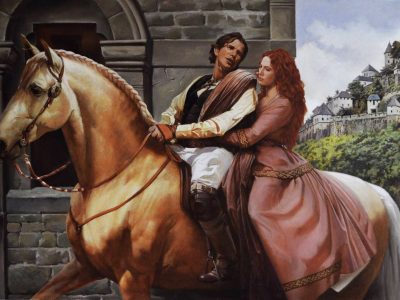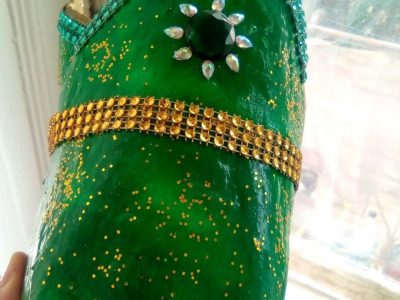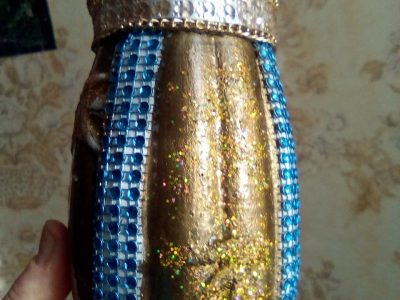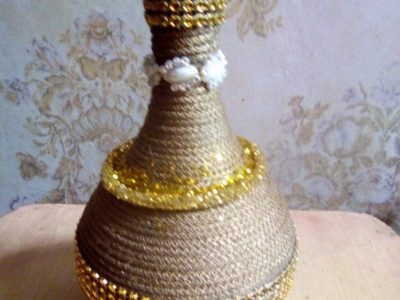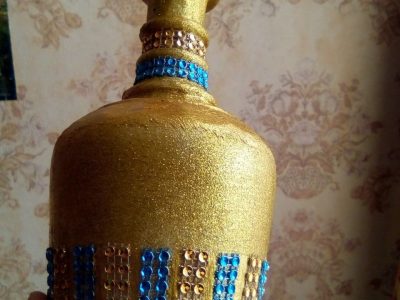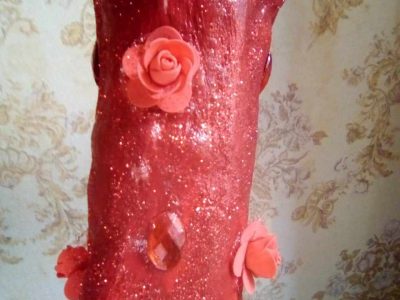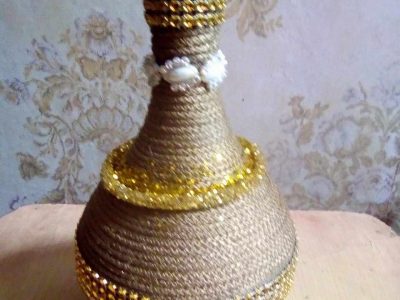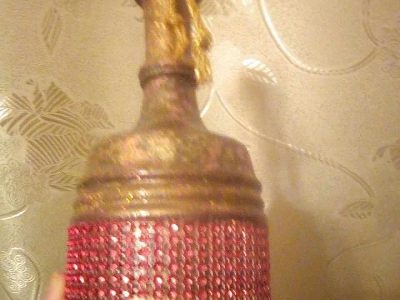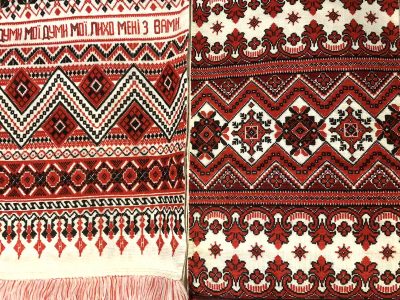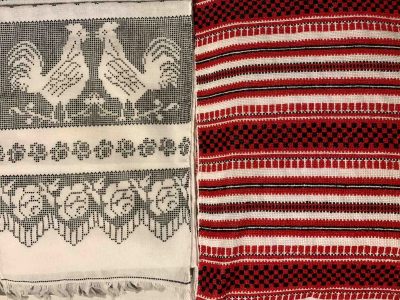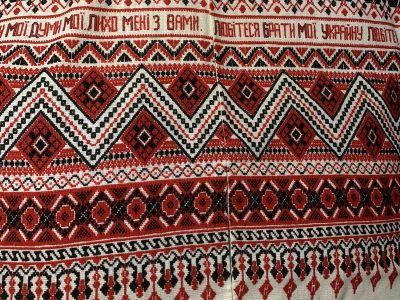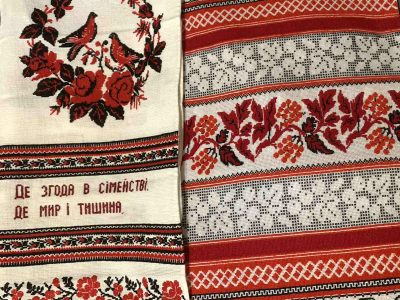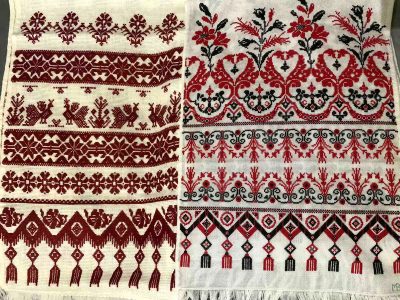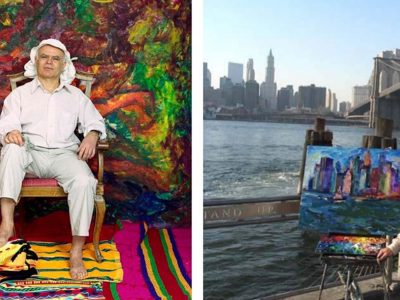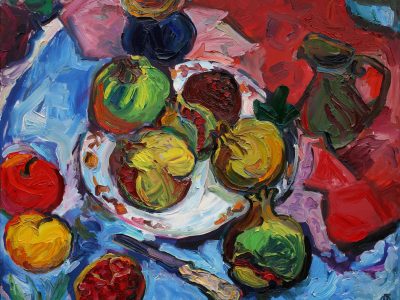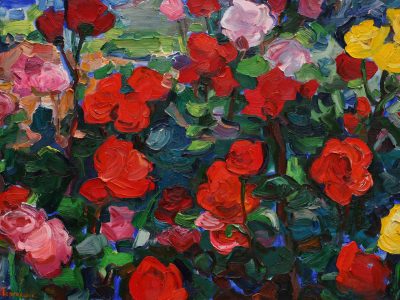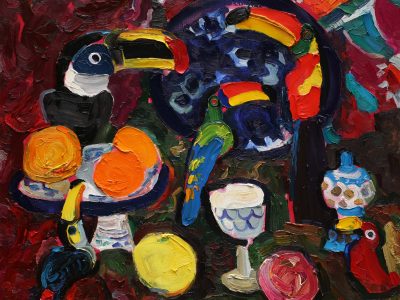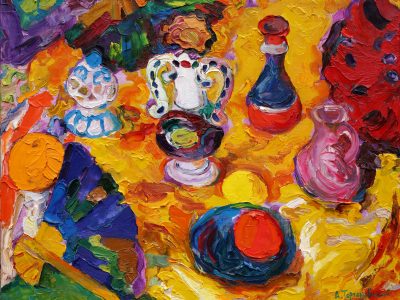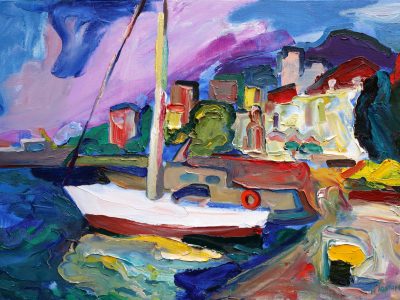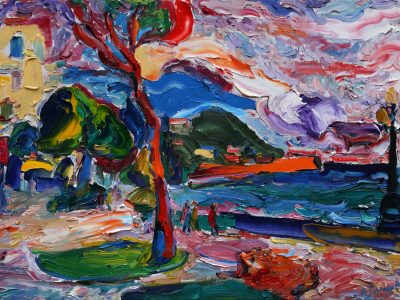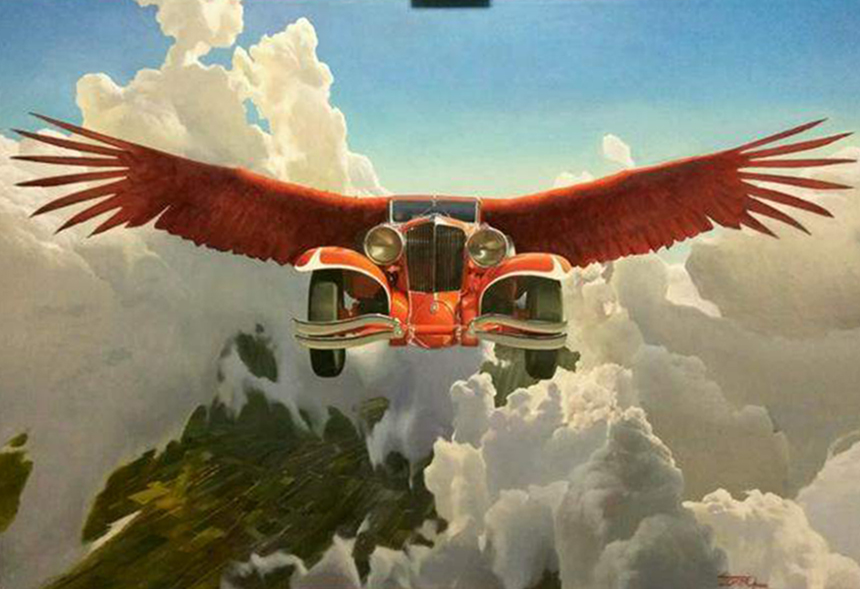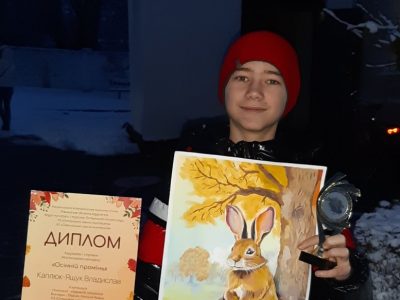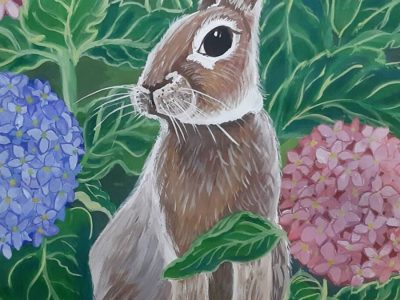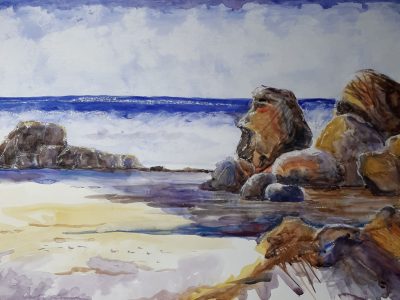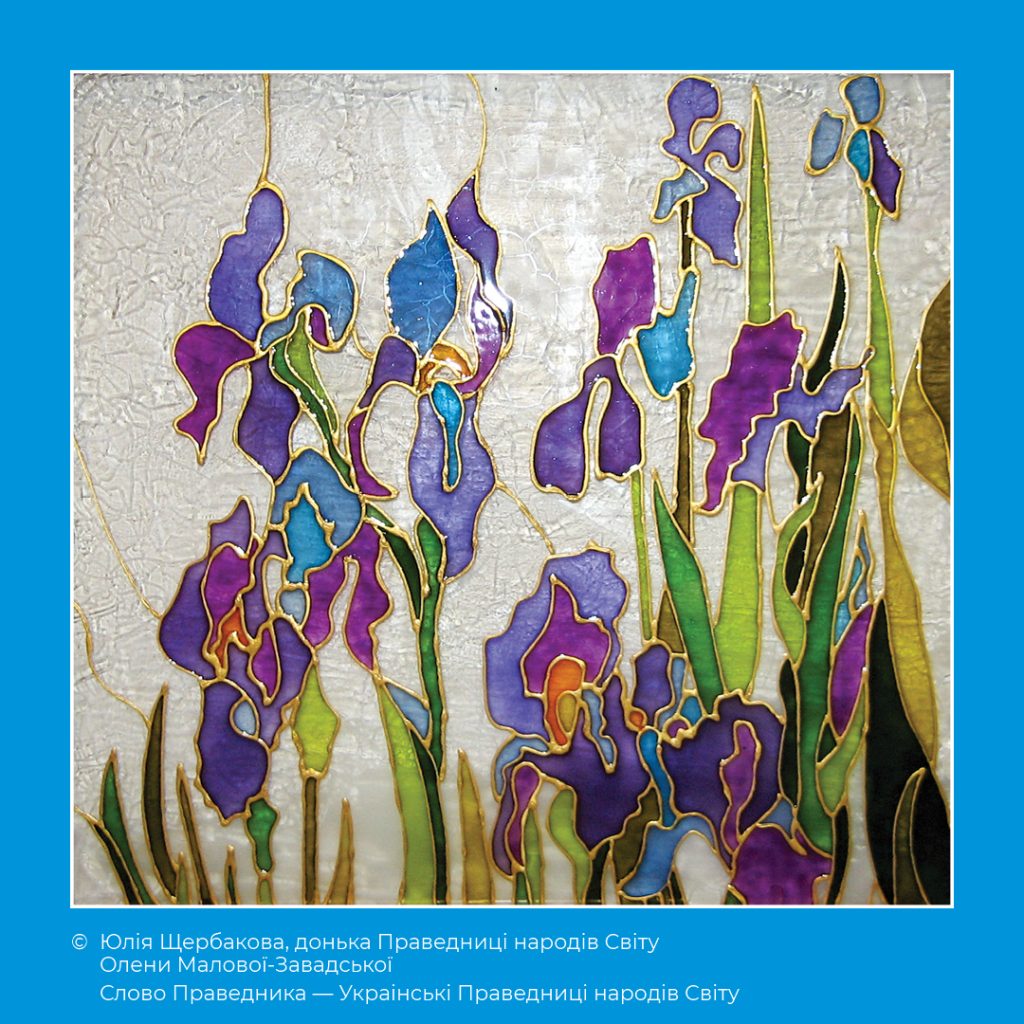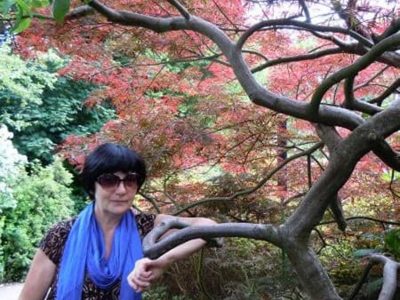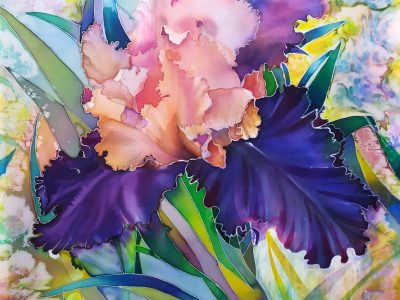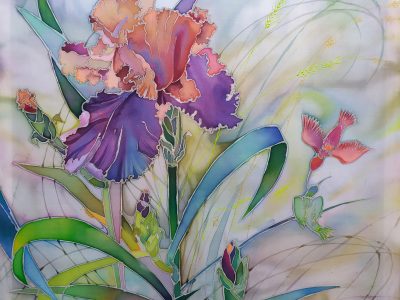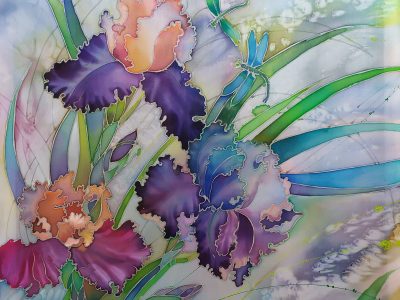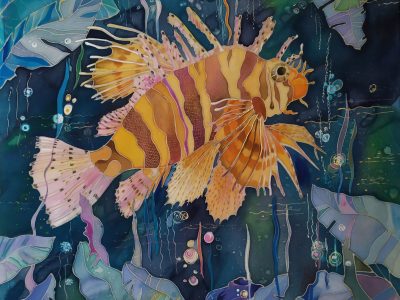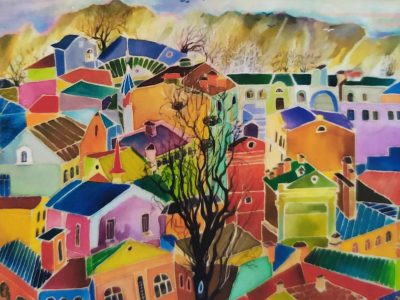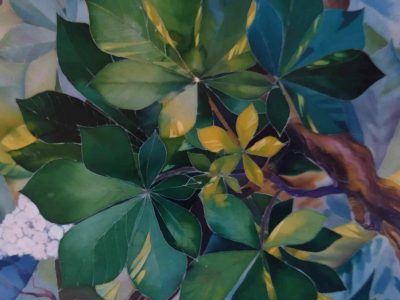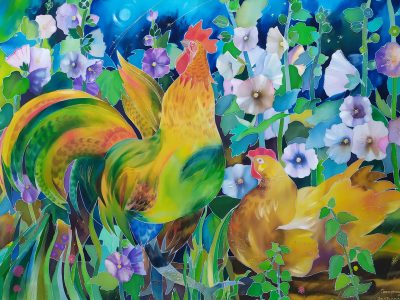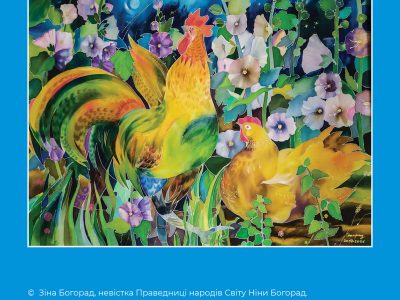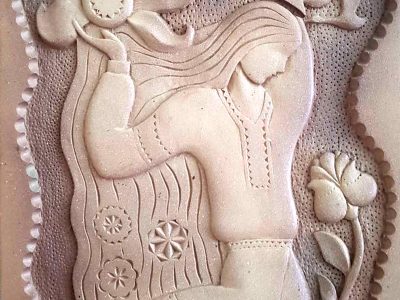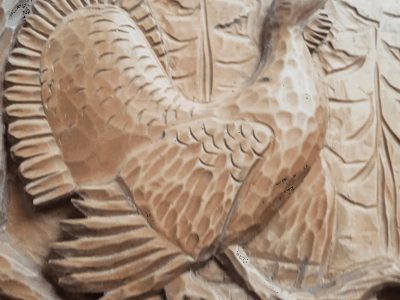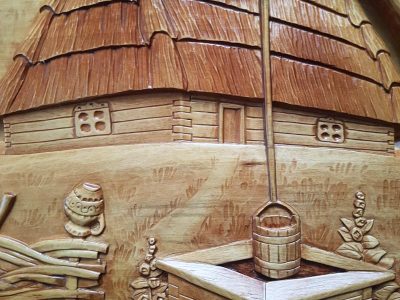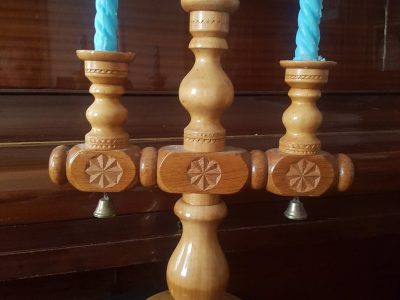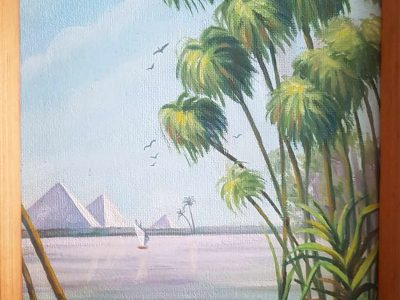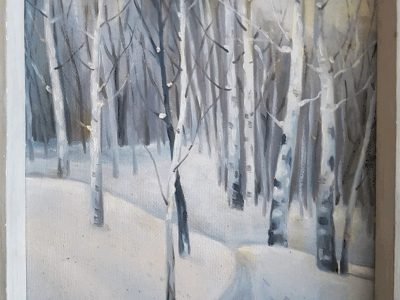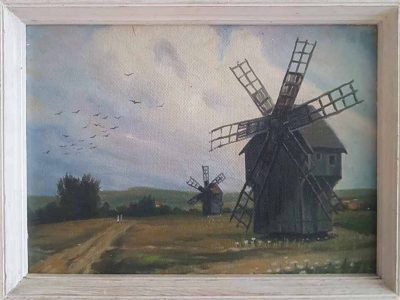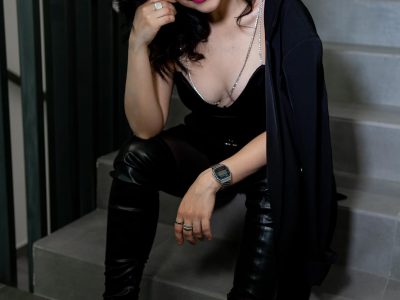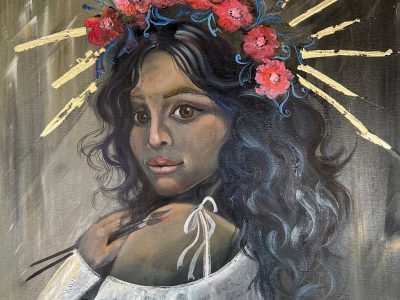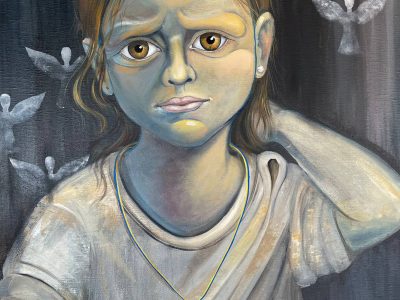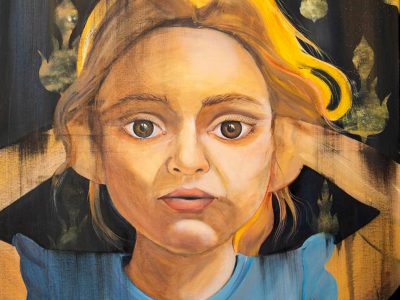The power of life: artists from the families of the Ukrainian Righteous Among the Nations
Marharyta Ormotsadze
The Ukrainian Jewish Encounter continues to tell about the Ukrainian Righteous Among the Nations, people who saved Jews during the Shoah (Holocaust). This time, we have collected the stories of artists among the Righteous and their descendants.
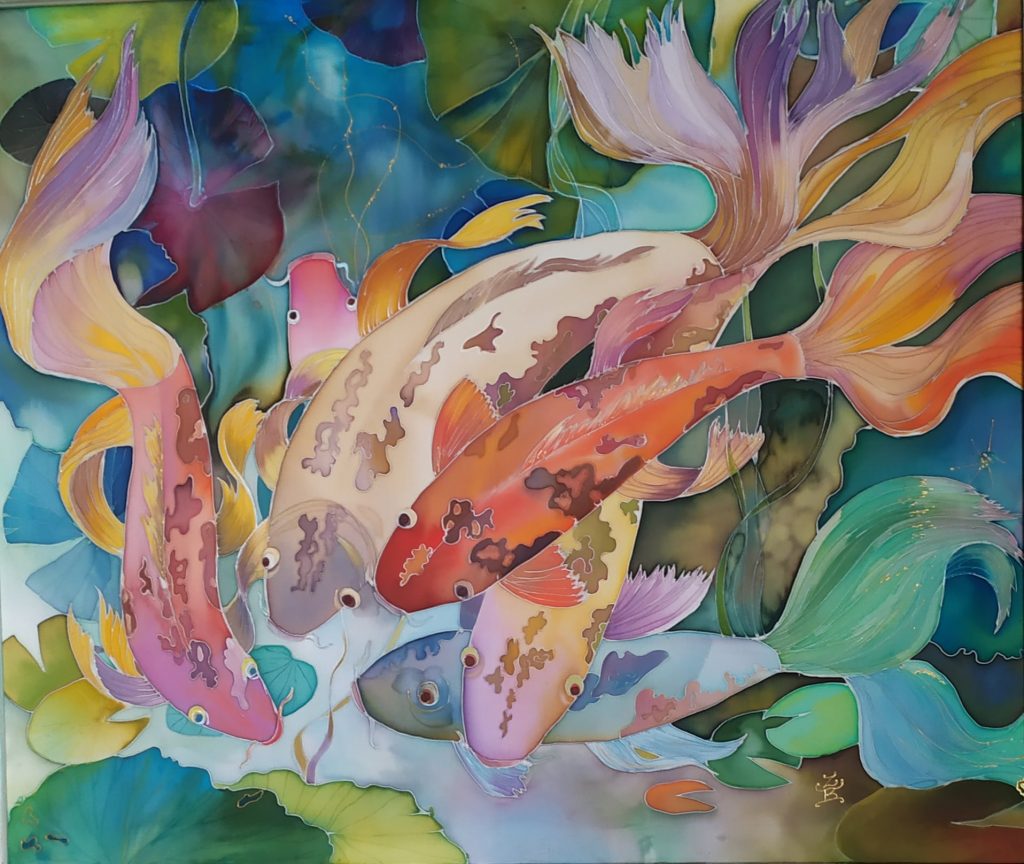
Searching for the colors of the Righteous
The Word of the Righteous project documents in films and texts the heroic deeds of the Ukrainian Righteous Among the Nations and supports nearly 50 families of the Righteous throughout Ukraine: both the Righteous themselves and their children, widows, and caregivers. Many Righteous died before the collapse of the USSR and did not see support or gratitude. We consider it essential to pay tribute to them by supporting their children and older members of their families.
Working with the families of the Righteous, we have discovered many extremely talented people, mostly painters. Olha Bilostotska, from the Righteous Bilostotsky family from Vorzel, writes poetry. Back in Soviet times, a street in Vorzel was named in honor of her family, which saved people from death during the Shoah, as was covered in our "Righteous Street" piece.
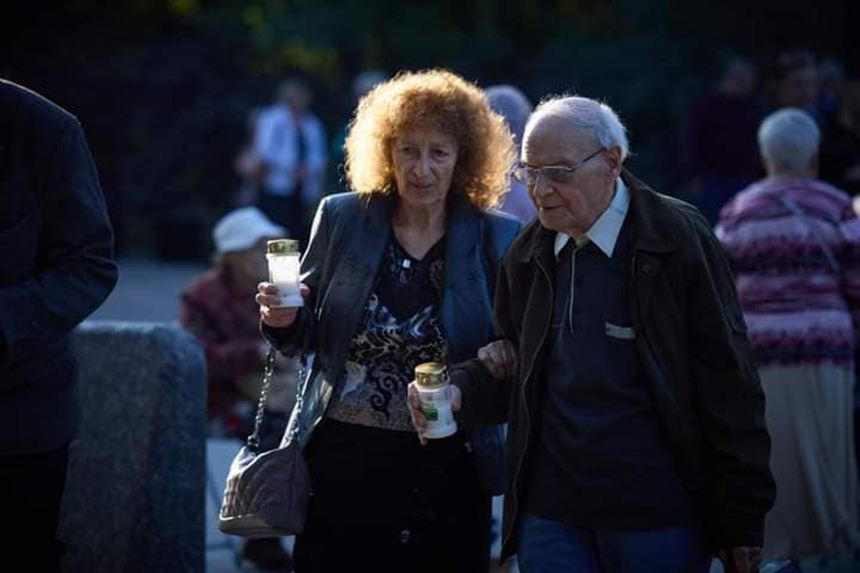
Maria Glagoleva, daughter of Righteous Aleksey and Tatiana Glagoleva, is also a poet.
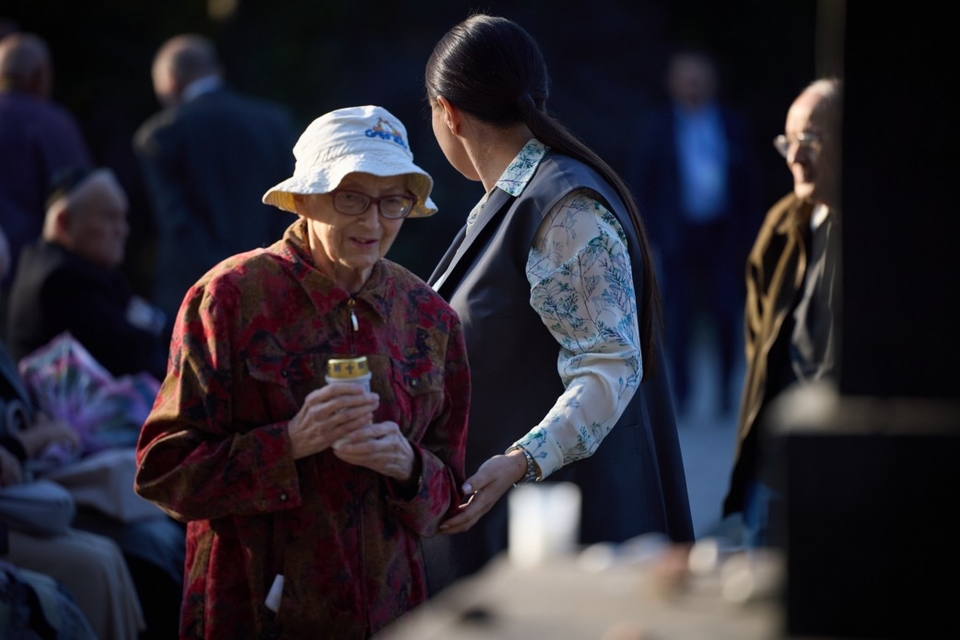
Her father Aleksey, a Righteous Among the Nations from Kyiv, and his family saved many Jews. He was ordained as a priest in 1941, and the Germans later beat him for refusing to conduct a church service for Hitler. Yad Vashem conferred the Righteous Among the Nations title on Aleksey, his wife Tatiana, their children Magdalena and Nikolay, and other relatives. Here are two of Aleksey's poems:
Darkness, storm, and howling winds;
The sea is black;
Legions of ferocious waves
Beating against the poor ship.
Without closing our eyes,
We sail through the night,
And a glimmer of quiet hope
Gets lost in the dark.
A good helmsman will come
To the dying, we trust,
And firmly our ship
To a bright harbor shall guide.
***
I love you, O Indonesia!
Bananas, palm trees, poetry,
Borneo, Java, Celebes.
Sumatra, sunshine, heaven's glow.
I gaze intently at the map
And see the marvelous Jakarta.
I'm ready to fly there now
To see this world of wonders.
But it's a far-away land,
Not easy to reach even by plane.
We can only see in a dream
How nice and hot it's there.
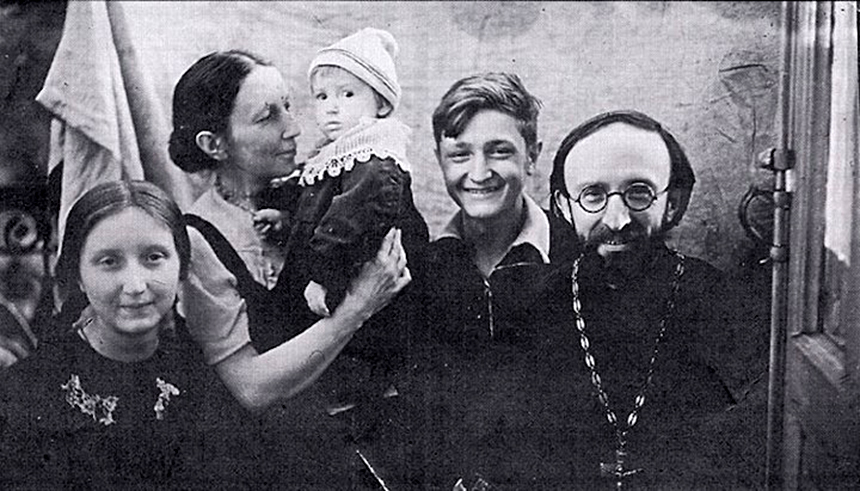
Tamara Antypchuk, daughter of Righteous Zinaida Zhylenko from Kropyvnytsky, is a craftswoman specializing in knitting. Before the full-fledged war unleashed by Russia, she knitted things as gifts for other families of the Righteous Among the Nations. Anastasia Fesun from the family of Righteous Vasyl Mykhailovsky is a beginner painter who has already participated in exhibitions.
The Righteous Halych family from Poltava Oblast, who saved Jews in Romodan and Chervoni Polohy, includes the painter Larysa Halych.
Paintings by Larysa Halych from the Righteous Halych family.
There are more outstanding artists among the Ukrainian families of the Righteous, so if you know of any we haven't covered yet, please write to the Word of the Righteous project.
Having discovered several bright artists, we decided to turn their works into a vehicle for telling the stories of Jews rescued during the Holocaust. First, we issued postcards "Ukrainian Women, Righteous Among the Nations" with pictures of family members of those women to whom Yad Vashem awarded the honorary title.
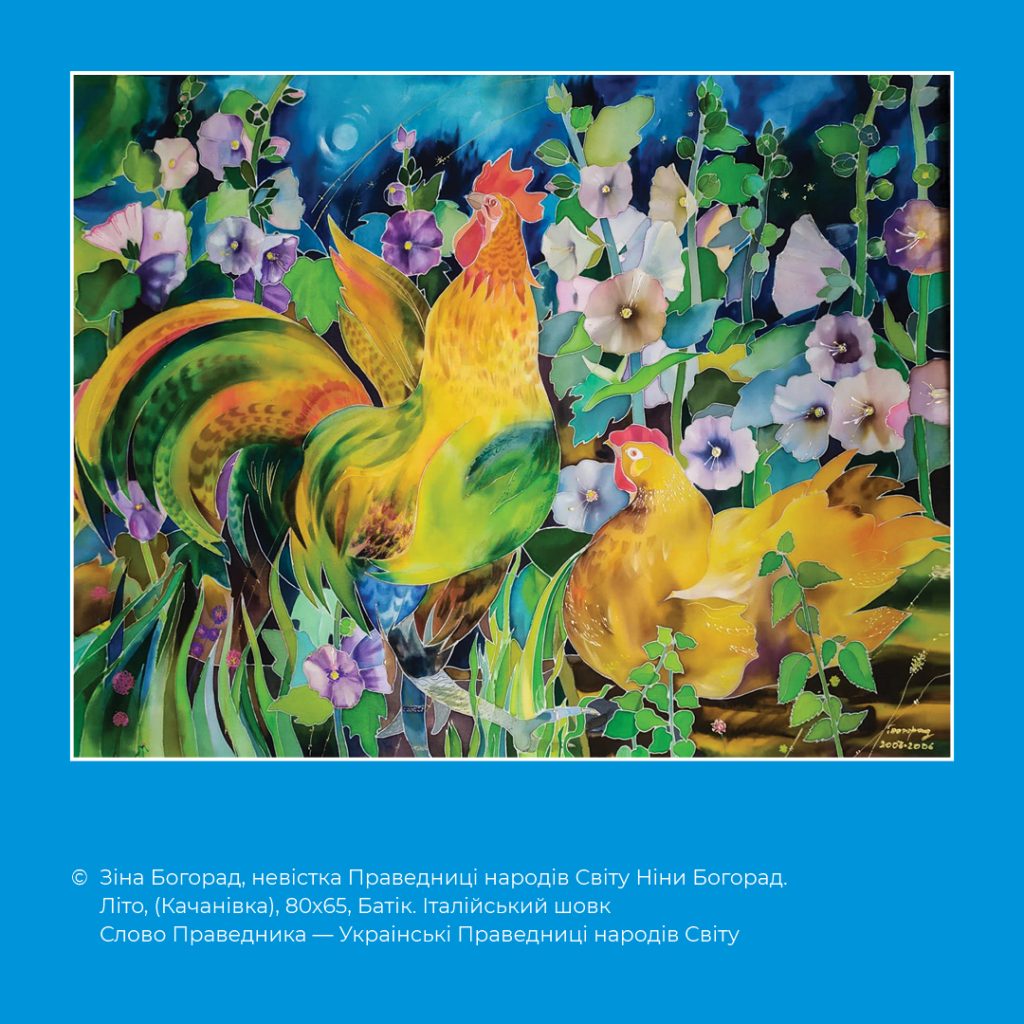
In 2021, the Word of the Righteous project held the exhibition "Language of the Righteous: Creative Works of the Families of the Righteous Among the Nations" at the National Bank of Ukraine. This exhibition was open in the bank's gallery until 14 May, the Day of Remembrance of Ukrainians who rescued Jews during World War II. It featured the artistic works of seven Righteous families produced in a variety of techniques: batik, painting, embroidery, and stained glass painting. Cheerful, bright, and life-affirming sentiments were a common thread among these artists. Families with an especially profound Holocaust experience appear to emphasize, consciously or subconsciously, bright and good things.
Manuscript of light
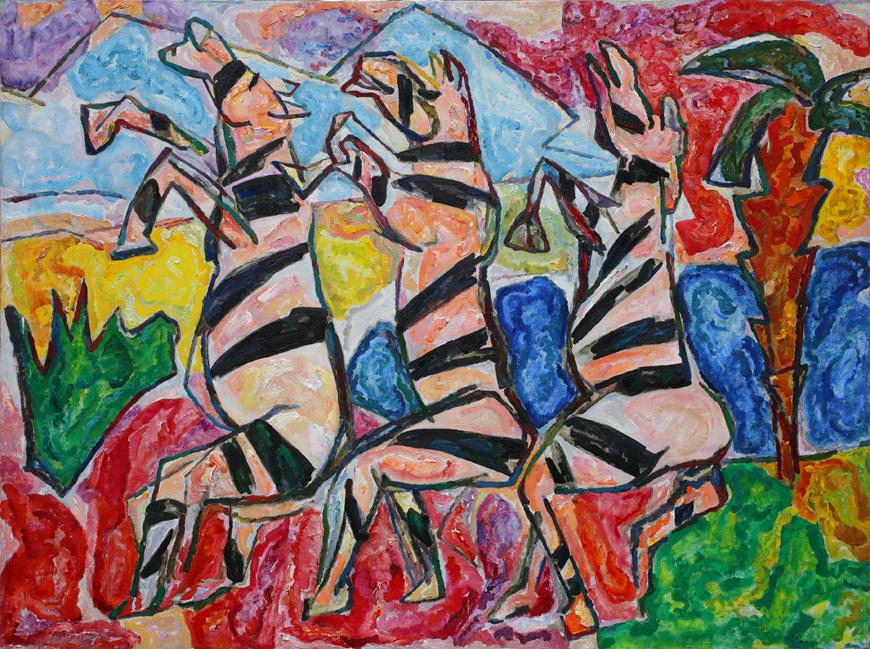
One of the traditional Ukrainian arts is embroidery. Some of the Righteous Among the Nations from Ukraine were embroiderers. In 1941–43, Nina Hudkova, a tuberculosis specialist, ran an orphanage in Kyiv and saved more than 70 children, including 12 Jewish boys, from starvation. She died in 1993, and Yad Vashem recognized her as Righteous the following year.
"It was clear that she would never leave you in trouble," said one of the rescued boys, Tzezar Kats (Vasyl Mykhailivsky, Jr.). "She never thought she was doing something heroic but considered it completely natural and normal. That's why she didn't want to talk about it," explains her son, Yurii Zaichenko.
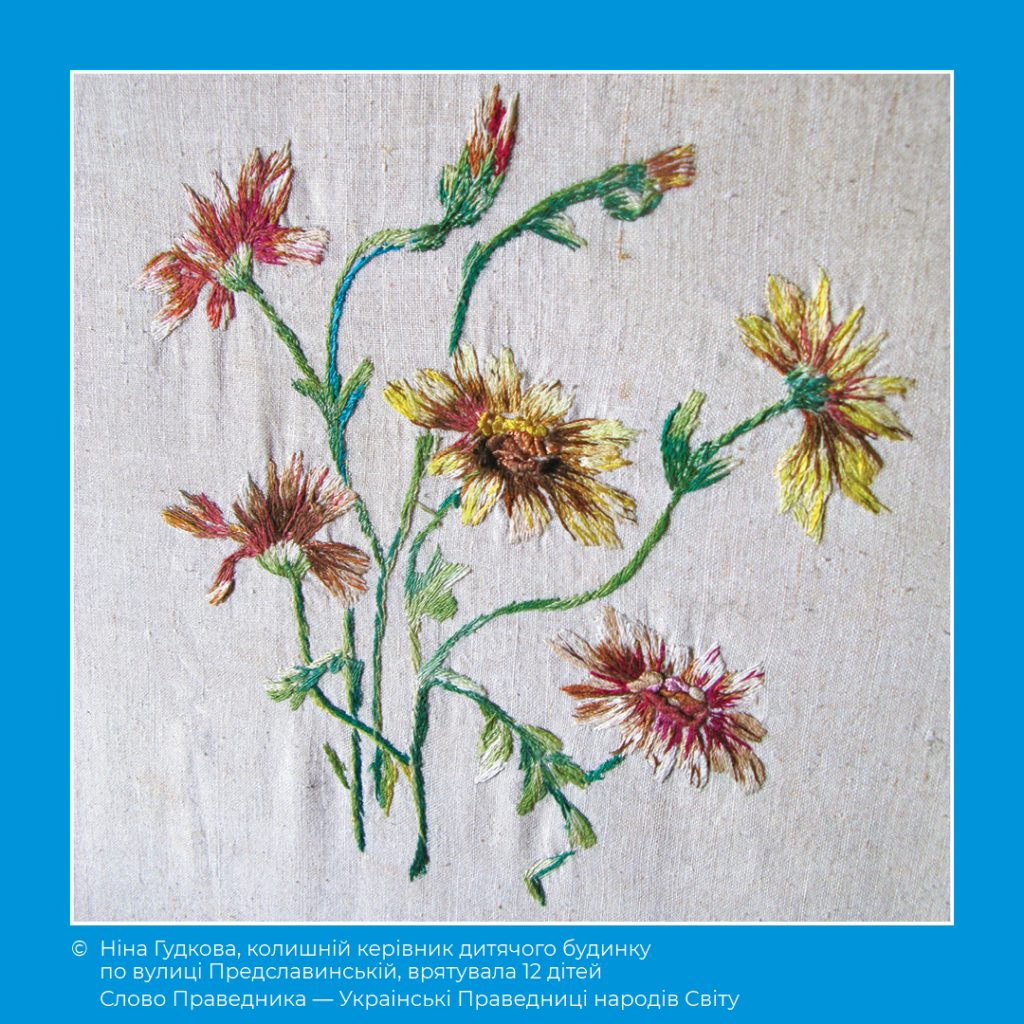
Olimpiada Daniliantz made embroidered icons. She and her father Georgyi Psaropoulos, a Greek from Odesa, saved the Kvitko family.
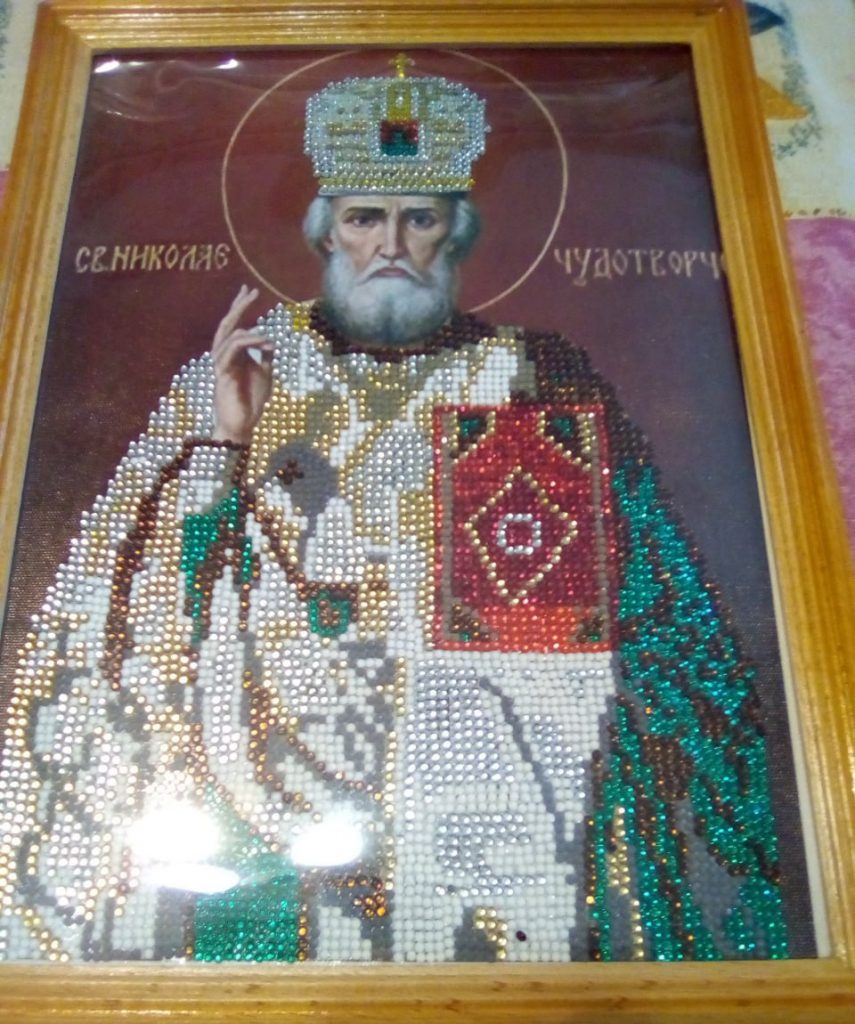
Daniliantz says this about her family's deed: "In 1942, my father came home with some strangers and said: 'These people will live with us.' It was the Kvitko family: father Mikhail, mother Emilia, and baby girl Vicki. They explained their ethnic background. They stayed with us and had to be hidden from outsiders. We lived as one family. Germans and Romanians roamed the city, looking for the poor people, the Jews. The Kvitko family stayed with us until the middle of the summer of 1943. Then, it was time for them to change their residence. A man came, and they left with him. We didn't know anything further about them until 1990."
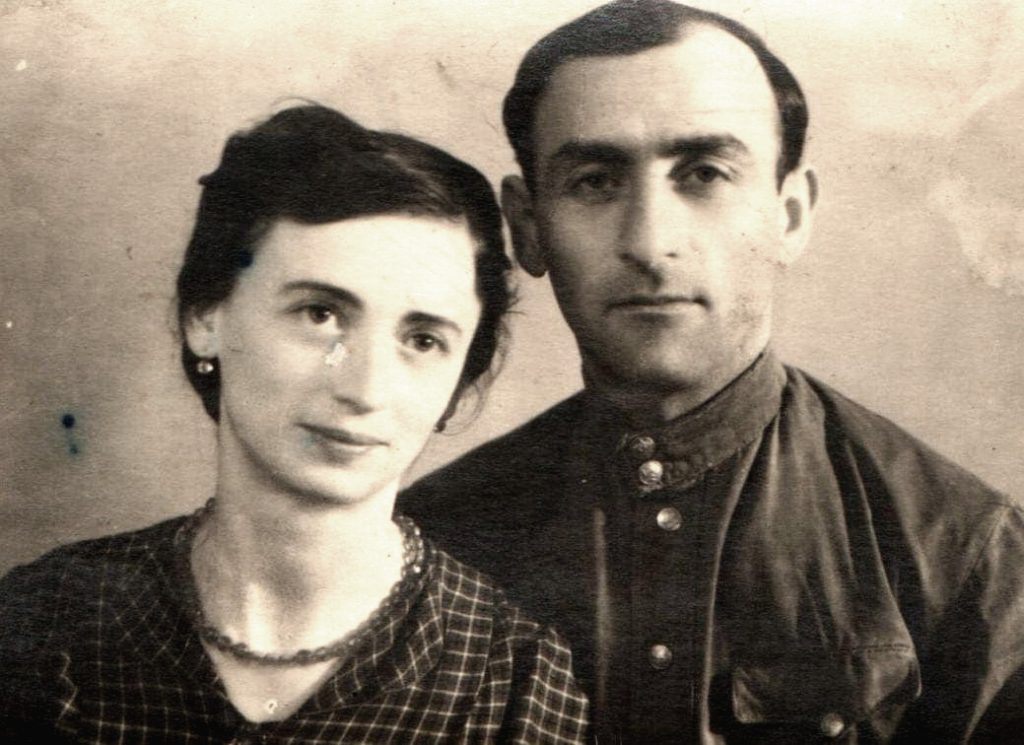
Daniliantz embroidered icons together with Iryna, her granddaughter and caregiver. They presented these icons as gifts to friends and churches in Odesa, in particular to the Armenian Church. Two years ago, Daniliantz passed away at the age of 101. Her great-grandson Yevhen joined Ukraine's Armed Forces as a volunteer paramedic. Iryna found a source of strength in art and started creating vase gifts. All her works exist in a single copy.
Vases by Iryna Petrova, granddaughter of Righteous Olimpiada Daniliantz from Odesa.
(All works are in a single copy.)
More than 60 unique towels were embroidered by Maria, the widow of Righteous Mykola Vavrysevych from Volyn.
Vavrysevych family members were recognized as Righteous Among the Nations. Mykola and Maria and their sons Mykhailo (b. 1924) and Mykola (b. 1926) lived in Volodymyrets (now Volodymyr) in Volyn Oblast. The sons worked as school teachers before World War II, and the family earned a living by working in the countryside during the war.
Towels embroidered by Maria Vavrysevych
(Not for sale.)
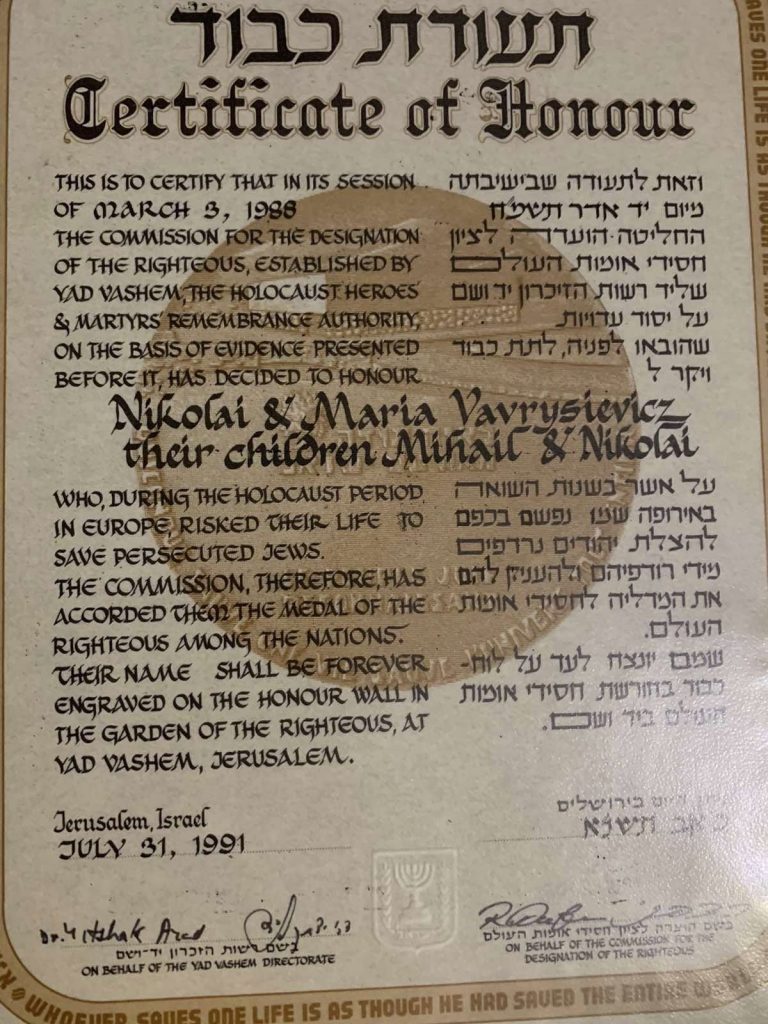
According to Yad Vashem , "In August 1942, Maria agreed to the plea of her acquaintance Bluma Stein to shelter her daughter Shoshana if needed. On September 5, 1942, an Aktion took place in the ghetto, and the Vavrysevychs welcomed 12-year-old Shoshana, as well as her sister, 13-year-old Henia, and their cousin Tonia Zuberman into their home. Later that day, they opened their door to other Jews too, including Leon Berger; Abraham Rojter; Klara Rojter and daughter Irka; Arye Gemulka; Dr. Ivri with his wife and daughter Ida; and Frida Weinberg and her son. A few days later, some of those in hiding returned to the ghetto established for skilled workers. Shoshana remained with the Vavrysevychs, while her sister and cousin returned to the ghetto and perished there in 1943. One cold, rainy night in November 1942, the Vavrysevychs welcomed Rachel Singer and her 13-year-old daughter Nechama (later Ariel) into their home. During Passover, the sons Mykhailo and Mykola brought the wards beets and potatoes so they could avoid eating the forbidden leavened food. The Singers hid until February 1944, and then left, heading toward the surrounding villages. Shoshana (later Bergman) and a few others remained hidden in this hideout until the liberation of the area on July 20, 1944. After the liberation, the survivors left the Soviet Union — most immigrated to Israel and some to the United States. Some of them exchanged letters with the Vavrysevychs and supported them financially. On March 3, 1983, Yad Vashem recognized Mykola and Maria Vavrysevych, and their sons, Mykhailo and Mykola, as Righteous Among the Nations."
Famous artists from Ukraine
The two most famous artistic families of the Righteous are those of Sofia Yarova and Lidia Savchuk.
During the Shoah, Lidia and her parents, Stepan and Nadia, saved Isaak Tartakovsky, who was a soldier then and later became the People's Artist of Ukraine and Lidia's husband.
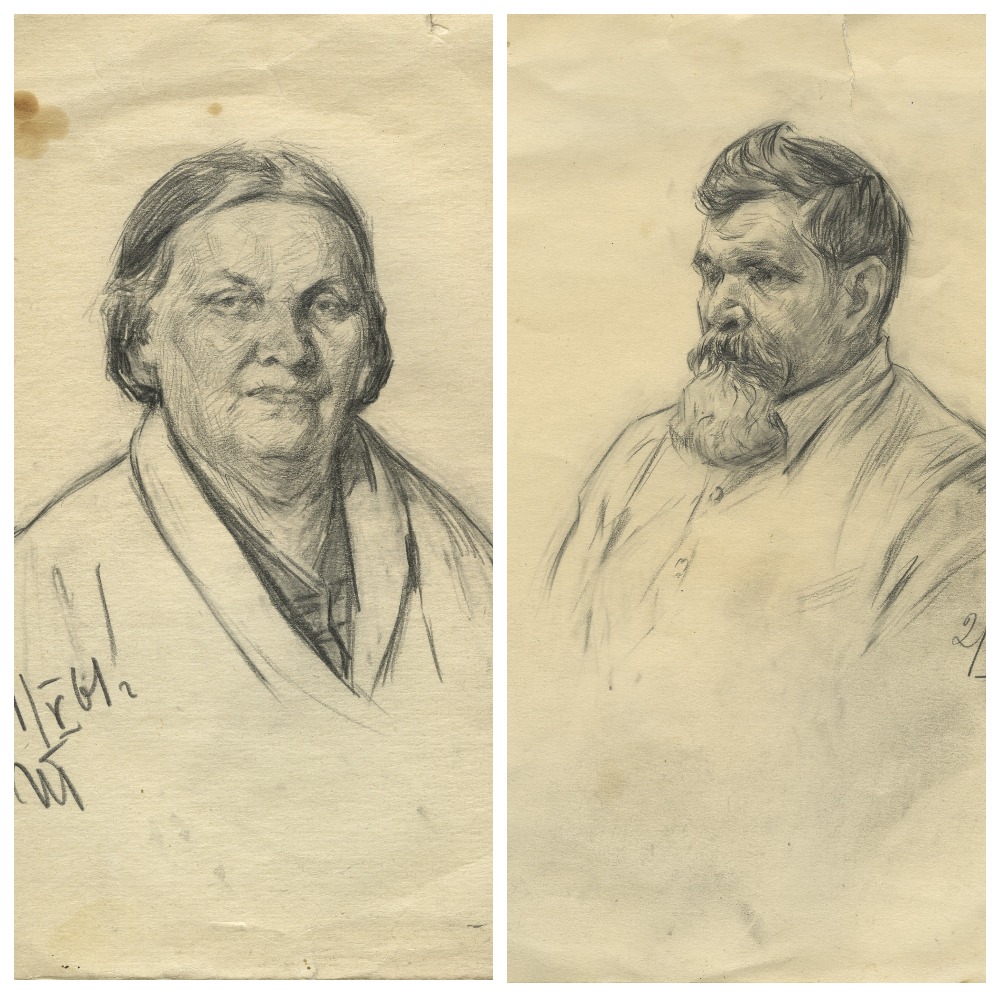
According to Yad Vashem , the Savchuks afforded shelter in their home "in March 1942, to a Soviet soldier who had escaped a POW camp. The soldier, who knew no one in Vinnytsia, introduced himself as Ivan Petrov, but beyond that, he spoke very little about himself." He later admitted that he was Jewish, his name was Isaak Tartakovsky, and that he came from Kyiv. Tartakovsky also shared that he was Oleksandr Dovzhenko's student and worked on the film Great Life. The Savchuks afforded him shelter in their attic.
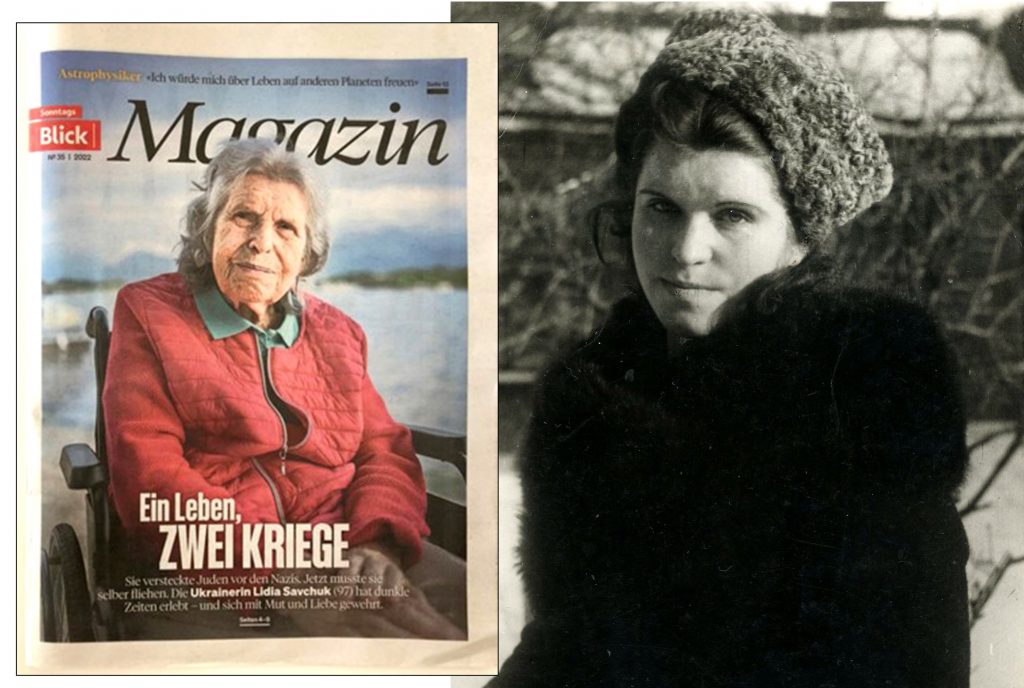
Here is how Lidia Savchuk herself tells this story: "In September 1942, a man came to our house, saying he was released from captivity, and asked if he could stay with us for a while. We had compassion on him and took him in. From our conversations, he learned about our good attitude toward Jews and that we had always had many Jewish friends. He said he was also Jewish, Tartakovsky from Kyiv. This frightened us, but after some discussion, we agreed to let him stay. We put him in a three-meter-high storage room with access to the attic. During the raids, he would hide in the attic, and the ladder would also be moved to the attic or put in the barn behind firewood."
"In April 1943, when the Savchuk family was ordered to vacate their home so Germans could be billeted there, they moved out to a suburb with Tartakovsky, where they introduced him as a family member. Tartakovsky lived there openly and only went into hiding in the attic when people came to the house to check identity papers," reports Yad Vashem.
Isaak Tartakovsky became a recognized artist and married his savior. His paintings are part of multiple museum collections worldwide.
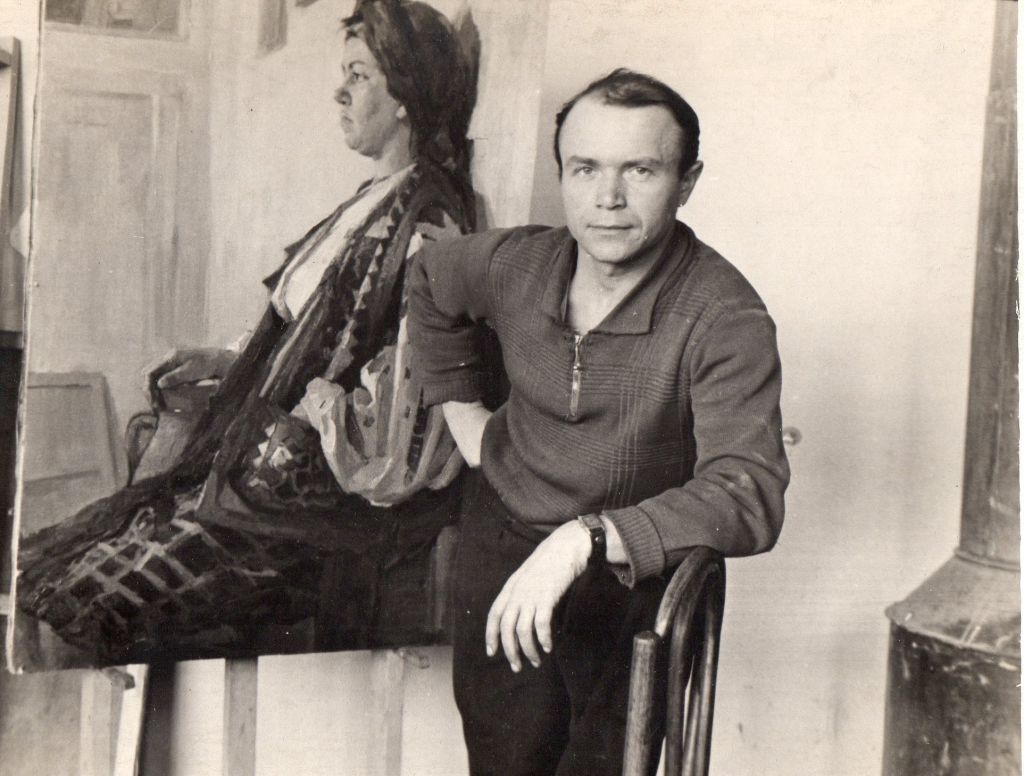
The children of Lidia Savchuk and Isaak Tartakovsky are also artists. His son, Honored Artist of Ukraine Anatoly Tartakovsky, has participated in many exhibitions in the USA, Germany, Greece, and France. The Metro Museum of Anatoly Tartakovsky, which was a display of his works in the Kyiv subway, attracted 1.5 billion visitors in six years.
Anatoly Tartakovsky, son of Righteous Lidia Savchuk.
The younger Tartakovsky, Valentyn, is a young artist whose exhibitions have already been held in Ukraine and the EU.
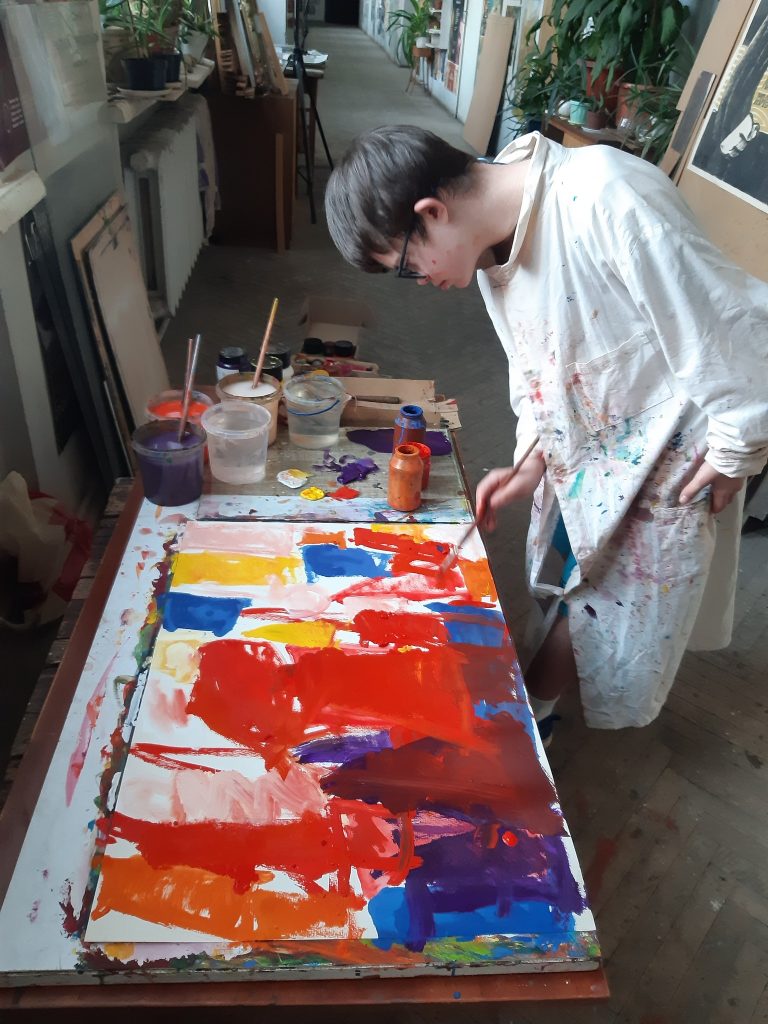
Olena Palamarchuk is a well-known artist and participant in exhibitions in China, Germany, London, and Ukraine. Her works are part of collections all over the world.
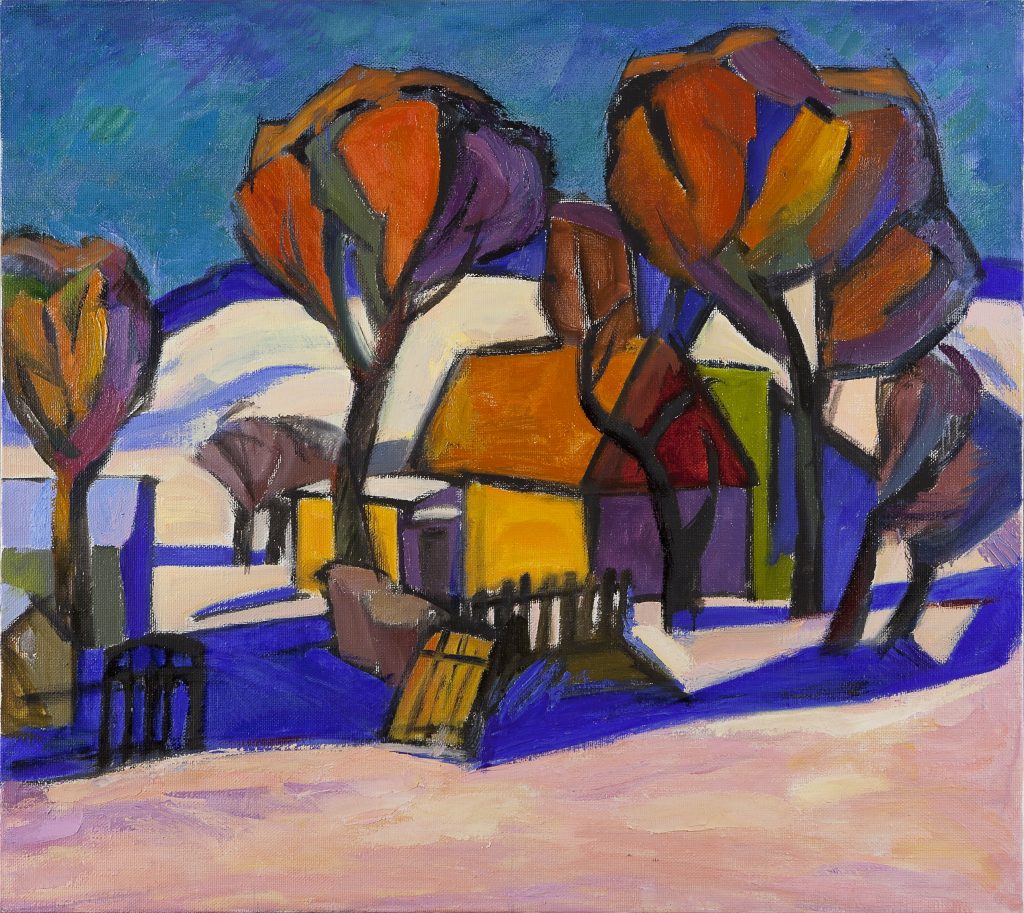
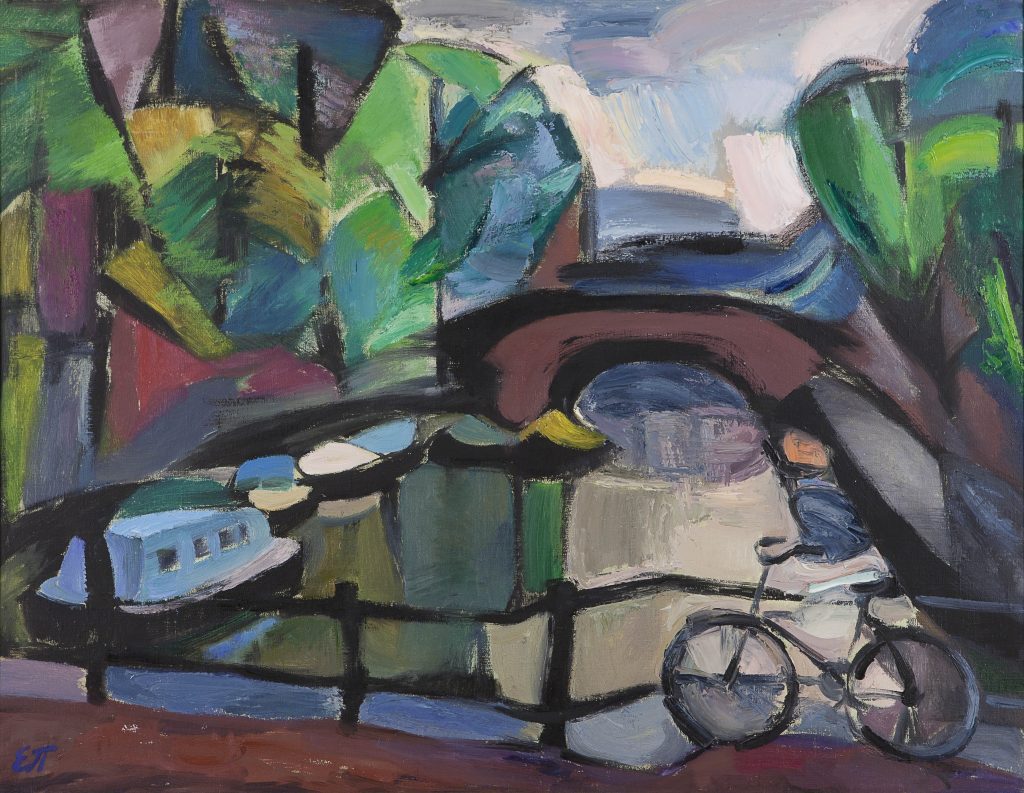
Family of the Righteous Sofia Yarova and Yefrosinya Boyko
Sofia Yarova and her mother Yefrosinya Boyko saved seven Jews from death in Babyn Yar.
Yuron Shevchenko, Yarova's son-in-law and a member of Ukraine's Union of Artists, works in surrealism. His exhibitions were held in Germany, China, the USA, France, UAE, and Spain.
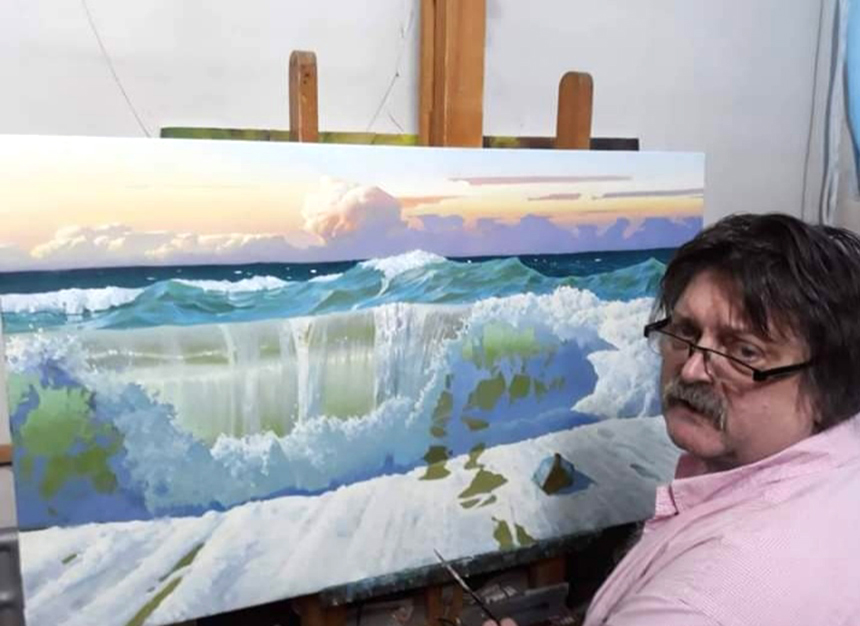
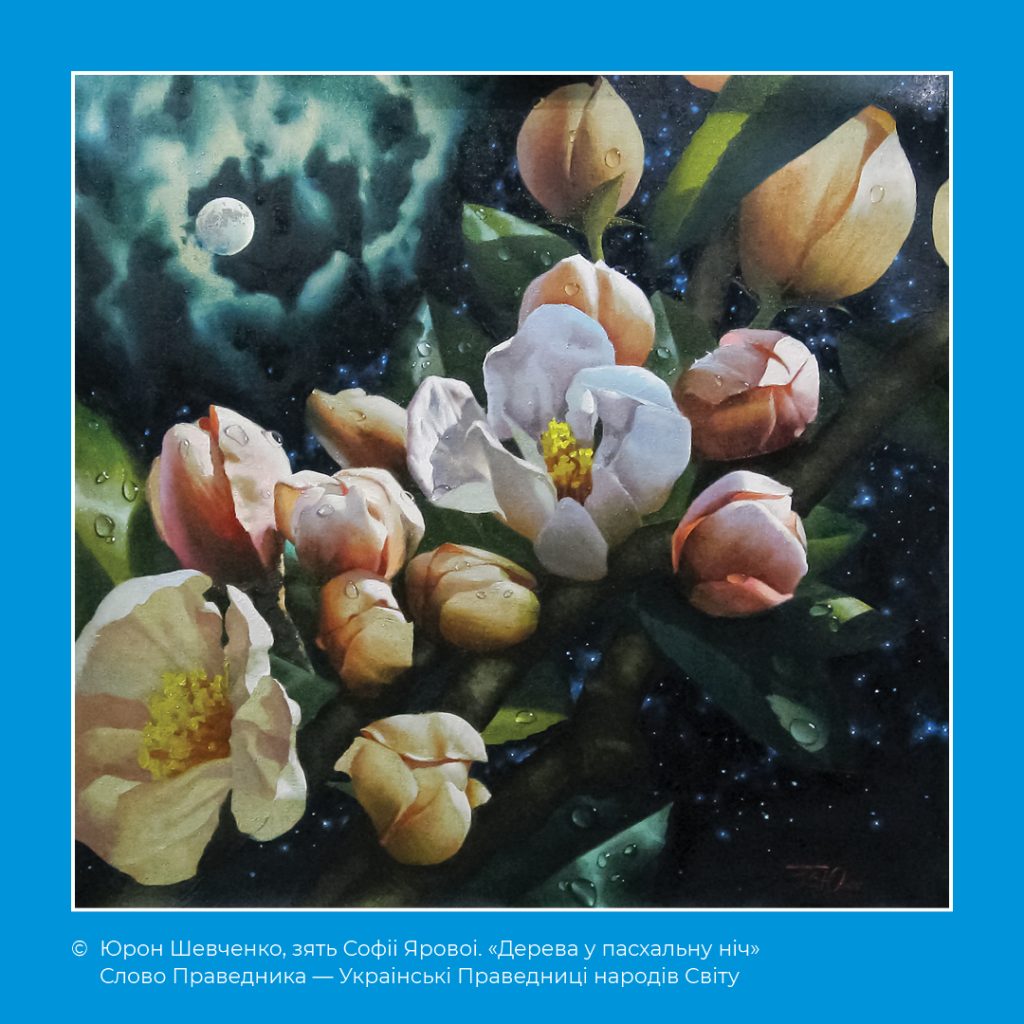
Sofia Yarova's daughter, Hanna Yarova, is also a member of Ukraine's Union of Artists.
Artem Shevchenko, Sofia Yarova's grandson, is a young artist who created the "Righteous Among the Nations" stamp. It was issued by Ukrposhta as part of the "Own Stamp" project initiated by Julia Goldenberg and her 2U Charitable Foundation. Now, Artem defends Ukraine in the ranks of the Ukrainian army.
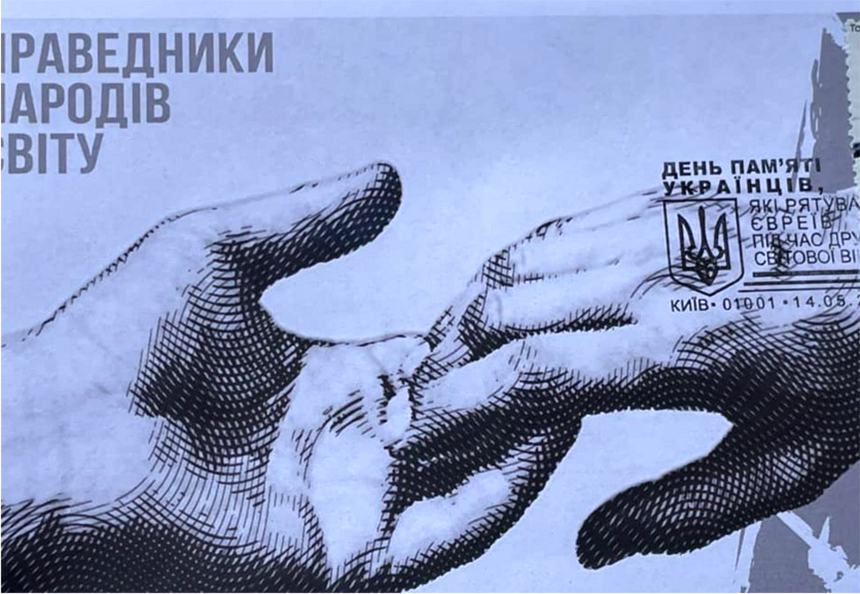
We told the story of Sofia Yarova's heroiс deed in the "Righteous Among the Nations from Kyiv" piece.
Young artists
Young artist Vladyslav Kapliuk, a high-school student and great-grandson of Righteous Nina Sadovnyk-Kondratiuk, has produced hundreds of paintings, some already in collections in Ukraine and the EU. In the early 1940s, the Ukrainian families of Kondratiuks and Sadovnyks and Yevdokia Kozel, lived in the village of Ozhenyn in Volyn. Risking their lives, they provided shelter, support, and help to the Valdman and Kliuchnyk families.
Vladyslav Kapliuk. Stained glass painting and batik.
Yulia Zavadska, daughter of Righteous Olena Malova (Zavadska), does stained glass painting. Her mother and grandmother Konstanzia Dembitska saved Cylia Tverska (Perelman) and her daughter Sara in Mohyliv-Podilsky. The Zavadsky family suffered from the NKVD in the 1930s when Yulia's father was repressed.
In 2011, Yulia saw a cup decorated with stained glass and wanted to try this technique herself. Before the New Year, she made gifts for her friends in the form of candle holders. "This is how my fascination began. Pictures, vases, candle holders, bottles. I work mostly from spring to autumn when there is good lighting, long daylight hours, and a chance to work on an open balcony," Yulia says.
Zina Bohorad is an artist from Kyiv. Her works are in private collections in Italy, France, Germany, the USA, London, and Israel. Her mother-in-law, Nina Bohorad (Subotenko), is a Righteous Among the Nations. Nina and her parents, Feodosii and Maria, saved Yakov Bohorad from death. After the war, Nina and Yakov got married.
Artist Zina Bohorad and her works on Italian silk in the batik style.
Masters from Galicia
UJE published a piece about the Righteous Among the Nations from western Ukraine in late 2023. There are excellent artists among them, such as Mykhailo Kovalchuk, a master of artistic wood carving who taught this art to children. He comes from the family of Righteous Kateryna Kleban.
Artworks by Mykhailo Kovalchuk from the family of Righteous Kateryna Kleban.
(All works are in a single copy.)
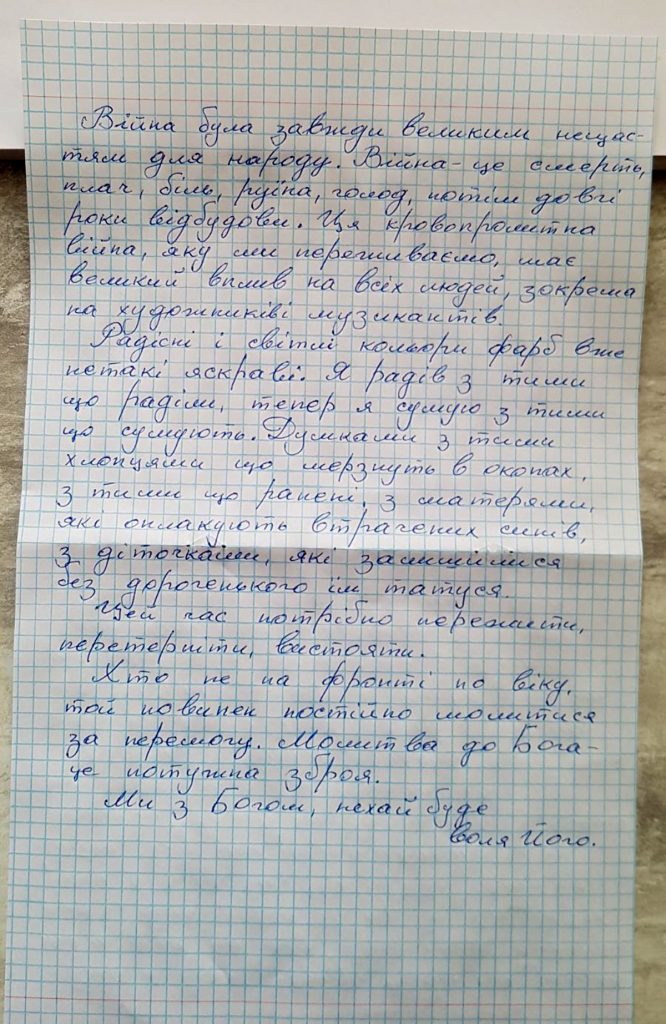
Maria Amarii and her "Eyes of War" exhibition
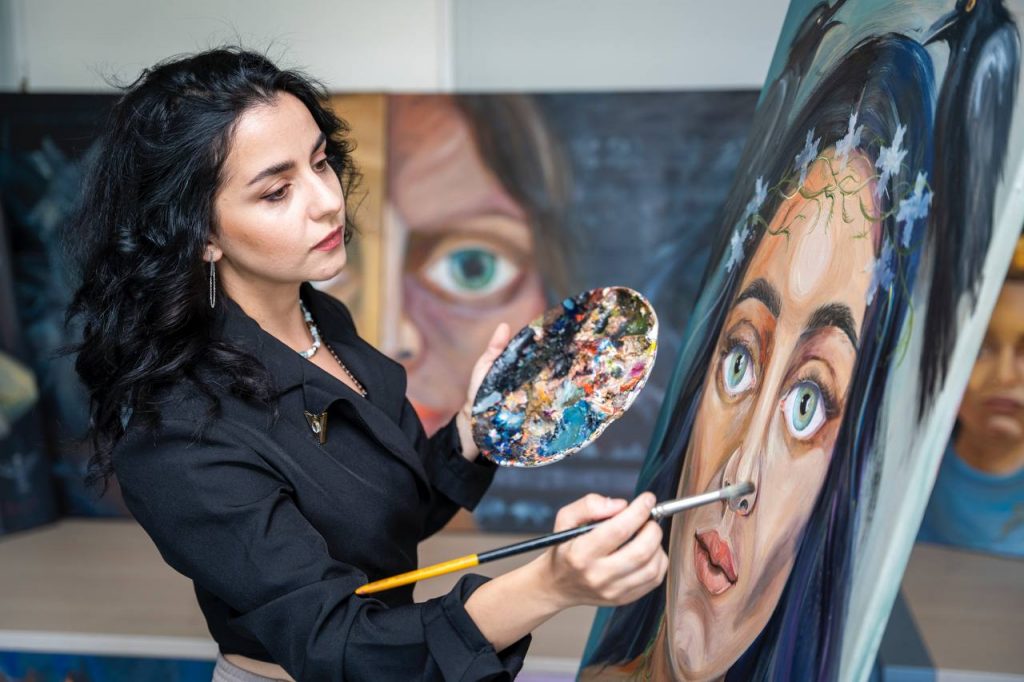
"I have tried many styles in art, but most of my projects involved painting Byzantine icons (the iconostasis in the Kopani village where my great-grandfathers saved many Jewish families) and others. Before the war, I opened the Amarii Art private art studio in Zolochiv. I had more than 100 students, conducted workshops for children and adults, and prepared students for college entrance examinations. This job was my life. There was so much I planned to do, but the war changed everything. I went abroad after it broke out. Starting everything from scratch was difficult, but art always saves me in such situations," says Maria Amarii.
Maria Amarii and her paintings.
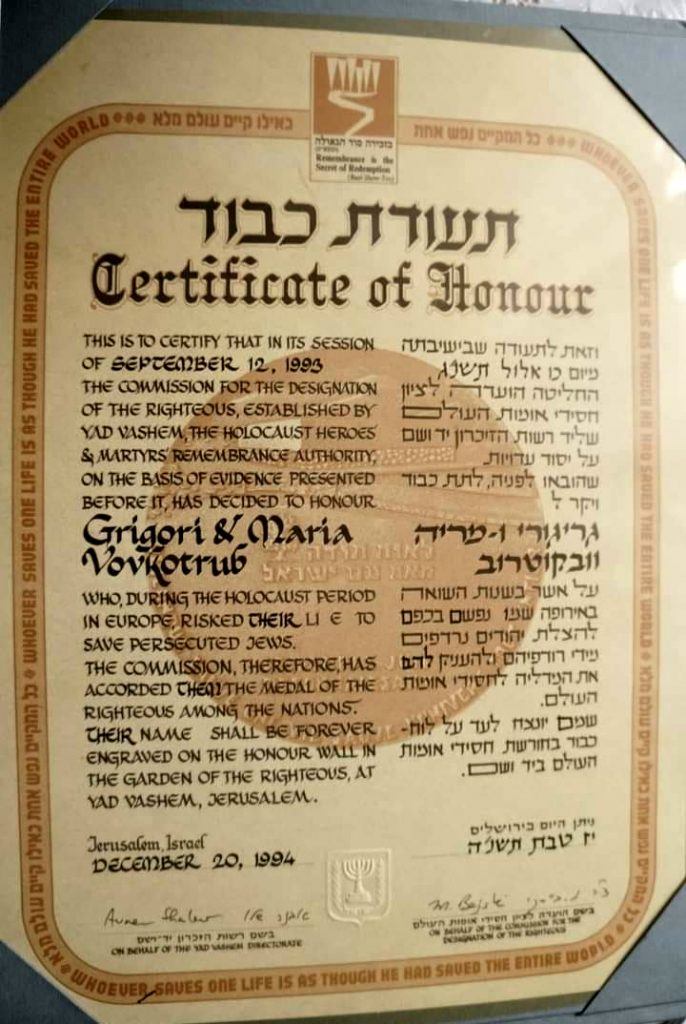
"War is a harrowing topic that does not leave me for a single day. Since the beginning of the war, I have seen and heard many sad stories that make my heart sink. I can't speak well to convey all my emotions, but I can express them on canvas. So, the war changed my style in art. I made a series of paintings, which are stylized portraits. I live in the Netherlands now, and my second solo exhibition, 'Eyes of War,' will open on 13 January 2024."
"As a child, I listened to my grandmother's stories about hard times, fear, struggle, and the heroic deeds of my great-grandfathers, and it all seemed so incredible. It's hard to believe that people are ready to risk everything for the sake of others. Now, I am an adult, and the past couple of years have brought many trials with the war and my father's illness, which we were never able to overcome. During this time, the support of people, sometimes strangers and foreigners, helped me a lot. I now teach painting courses for temporarily resettled people, and they say painting is art therapy for them."
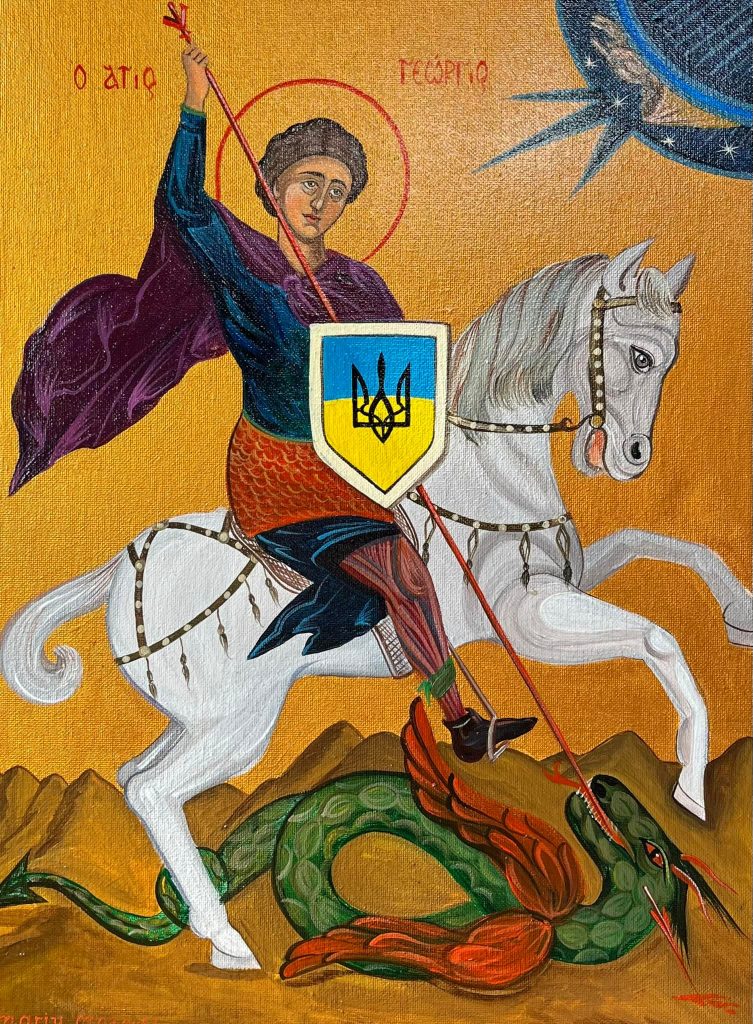
Marharyta Ormotsadze
Marharyta Ormotsadze is a co-founder/producer of the Word of the Righteous project, which tells about the valor of Ukrainians who saved Jews throughout Ukraine during the Holocaust.







